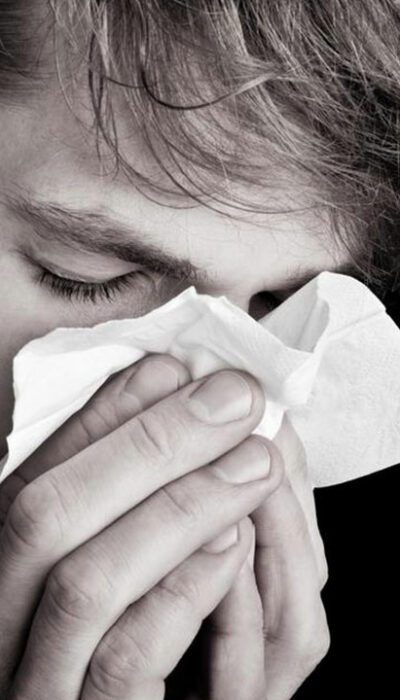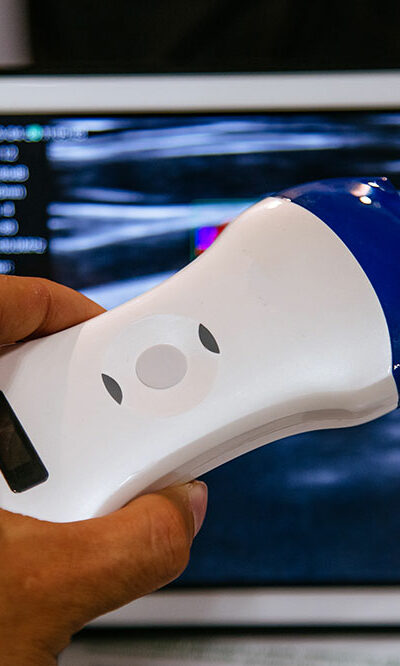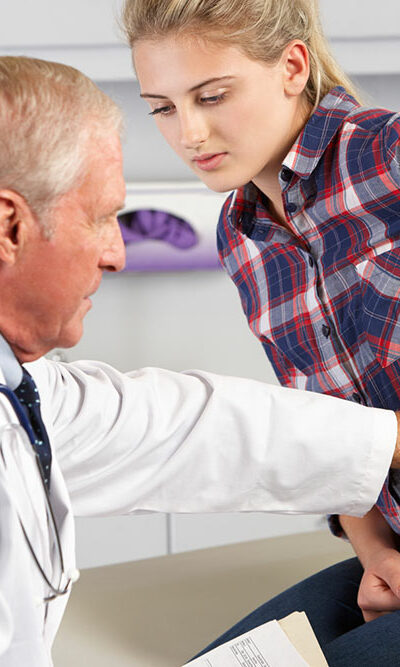
Know about the Different Types of Meningitis and Its Prevention
The disease meningitis is an ailment where the membrane around the brain and the spinal cord swell due to parasites, fungi or some kind of injury. Meningitis due to viral infections happens to be the most common of all. Bacterial meningitis is an ailment that happens to be more common in young children. Some of the common symptoms of meningitis are fever and headache along with skin rashes. There are different types of meningitis out of which some can be life-threatening as well. The answer to the question “is Meningitis Contagious?” is just that as different agents cause different types of meningitis, all of them are not contagious. Different types of meningitis- We now will look at the different types of meningitis cases and will also evaluate on their ratio of being contagious, and then answer the question- is meningitis contagious? Fungal Meningitis As the name suggests, this is a form of meningitis that occurs due to the presence of a fungus called Cryptococcus. This is one of the most uncommon types of meningitis that can strike people with very weak immune systems. This type is not contagious. Parasitic Meningitis This is a type of meningitis that can be highly dangerous and even fatal. It is caused due to microscopic amoeba–the Naegleria Fowleri. This is a parasite that enters the body through the nose. It is found in contaminated lakes and rivers. This type of meningitis is not contagious in its nature. Non-Infectious Meningitis This is a form of meningitis that could happen due to injuries and brain surgeries. This type of meningitis can yet again happen due to certain types of medication or due to cancer and lupus. As the name suggests, this is a type of meningitis that is not contagious. Viral Meningitis It is the most common form of meningitis that is caused by enteroviruses and is contagious in nature.










